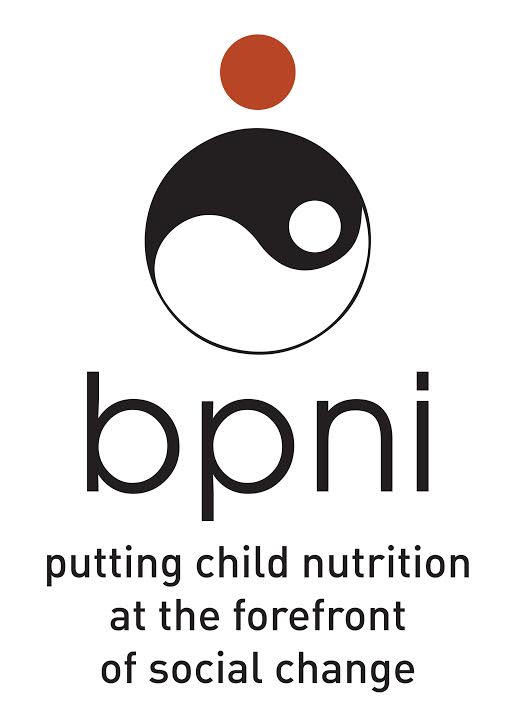“What are consumer rights on food labelling?”

Sometime ago while researching for an article on choking hazards from tiny toys and toy parts, I came across a shocking phenomenon- in fact not one, but two.
1. That the poor, illiterate rural consumers were increasingly substituting healthy foods with unhealthy pre-packed savouries or snacks sold for Rs 5-10 a packet. And these were being given to children as young as one to two years.
2.Worse, as a sales gimmick, the manufacturers were inserting tiny toys in these packets and putting a blurb on the packet saying ‘Toy Inside’ in English.
I quote this as a typical case of violation of consumers’ right to information, informed choice, consumer education and safety vis-à-vis food labelling.
In fact, such a toy should not have been inserted at all in the first place and equally important, such unhealthy snacks should not have been promoted as a food for young children (Or even adults for that matter) After all, they have a right to be protected from unsafe foods.
But what made matters worse was the absence of a warning label in a prominent place with a pictorial representation to draw the attention of the buyer to the toy inside. In the absence of such warning, neither the children nor the parents understood the ‘Toy inside’ on the label – In fact they could not even read that. As a consequence, in a number of cases, the children had eaten the toys, believing them to be part of the snack and choked to death!
Sale of unhealthy pre-packed foods high in salt, sugar and saturated fat without a front of package traffic signal warning labelling that is easily understood by all is similar to the sale of snacks for children with ‘Toys Inside’.
Today there is enough evidence of increasing consumption of junk food not only in urban India, but also in rural India, thanks to their promotion by celebrities.
“A study of nutrition related practices in rural community”, published in the International Journal of Contemporary Medical Research (Vol 7, Issue10) in October 2020 showed how in families with under five children, junk food consumption was as much as 49.3 per cent! That’s because of lack of awareness about the dangers of consuming foods high in sodium, sugar and saturated fat!
Let me now come to specifics- what are consumer rights vis-à-vis food labels? right to information, informed choice, right to consumer awareness, right to be protected from unfair trade practices including misleading, deceptive label information and most important of all, right to safety or safe food. To put in a nutshell, all these rights demand that consumers be made aware of the contents of the food through the label and most important, warned about unsafe, unhealthy food, in a manner that is intelligible to everyone, so that they make an informed choice and stay away from unhealthy food.
And we all know that any information that pertains to consumer safety or a warning should come in a pictorial format or through colour coding that is easily understood by everyone, including those who cannot read or write and must be so strategically located on the label as to draw the immediate attention of the consumer.
In fact, in Chemisol Adhesive Pvt Ltd and Ors Vs Shri Dhanaji Shankar Dalvi (RP No 3050 of 2009, dated 29-3-2010), the National Consumer Disputes Redressal Commission held that failure to warn users about unsafe products through the label constituted negligence. This case pertained to an inflammable chemical, but the same logic would apply to unhealthy foods high in salt, sugar and saturated fat, given the overwhelming evidence of such food causing hypertension, cardio vascular diseases, type 2 diabetes, cancer and even liver problems.
Thus, the Consumer Protection Act of 2019 upholds the consumers’ right to safe food-in fact there is greater emphasis on this in the new consumer protection law. But far more important, the highest court in the country has upheld the right to safe food as a fundamental right guaranteed under the Constitution of India to every citizen
In Centre for Public Interest Litigation Vs Union of India and Ors, (Writ petition (civil) No 681 of 2004, date of judgement: October 22, 2013) the Supreme said: “We may emphasize that any food article which is hazardous or injurious to public health is a potential danger to the fundamental right to life guaranteed under Article 21of the Constitution of India. A paramount duty is cast on the States and its authorities to achieve an appropriate level of protection to human life and health which is a fundamental right guaranteed to the citizens under Article 21 read with Article 47 of the Constitution of India.”.
Thus, it is the duty of the state to ensure that citizens are warned of unsafe foods or foods high in sugar, salt and saturated fat through traffic light colour coding or any other appropriate pictorial representation that warns consumers about such food. There is enough evidence of such warning labels bringing down the morbidity and mortality connected with these diseases.
In fact,a Canadian study published in PLOS ONE in December 2019, showed how traffic light labelling can significantly save lives. Out of 92,000 predicted annual deaths from these diseases, 11,715 deaths per year could be averted or delayed by avoiding foods with red traffic light labelling, the study said.
Of course, side by side, we also need to create adequate citizen/consumer awareness about these foods and their effects on health and also put stop to celebrities endorsing such products.
To conclude, the label laws as they exist, do not fully meet the requirements of consumer rights as enumerated in the Consumer Protection Act, particularly the right to be protected from unsafe or unhealthy food through full and unambiguous label information and warning in a manner that is easily understood by all. So, in order to enforce that right and also the fundamental right guaranteed to the citizens under Article 21* read with Article 47*, the State (or the FSSAI) should introduce front of label colour coding or such other easily comprehensible warning labels on foods high in sodium, sugar and saturated fat and protect consumer health and safety.
—–
*Article 21-Right to life- interpreted as including the right to safe food by the Supreme Court in Centre for Public Interest Litigation Vs Union of India. Article 47 (Part IV of the Constitution) dealing with Directive Principles of State Policy casts a duty on the state to raise the level of nutrition and the standard of living and improve public health.
By Ms. Pushpa Girimaji
Author, Journalist, Consumer Rights Columnist and Consumer Safety Advocate
Speech given during the webinar on Role of Strong Warning Labels on Unhealthy Food Products in Protecting People’s Health, 26 August 2021
